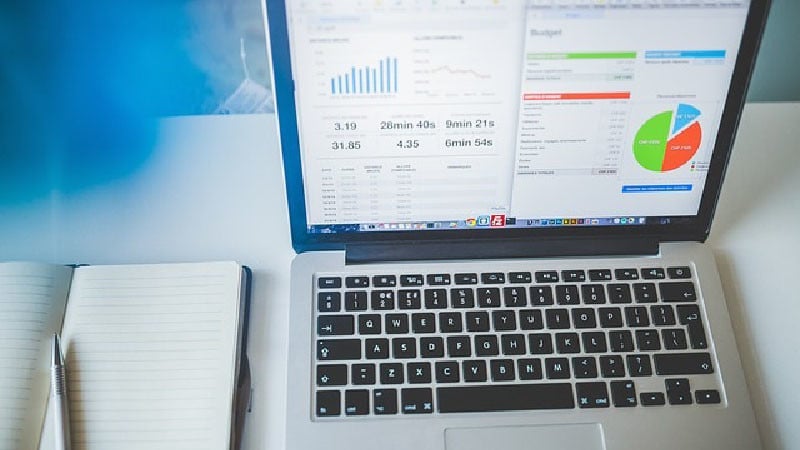Request For Proposal (RFP) is the cornerstone of the entire procurement process online. You need it if you want to get the best deals for your business. But to use RFP software properly, you’ll need to understand its capabilities and what its future potential is for your business.
In fact, over the next decade, RFP software is going to develop and become a more integral part of your procurement process. If you’re a supplier, you’ll need to be able to access software to win bids and grow your business. If you’re a buyer, you should access the potential cost savings that are available through RFP software.
If you’re unsure of what RFP is, its capabilities, and how the development of the software is progressing, here’s a quick introduction.
What Is RFP Software?
Request For Proposal (RFP) software is a program that allows buyers and sellers to connect in order for them to do business. In its simplest form, a buyer requests information from many sellers about a potential contract, and the sellers respond with what they can supply, costs, and terms of the sale. This information can then turn into a reverse auction (or an e-auction) where qualified bidders compete directly for the final award of the contract.
Current RFP Software Capability
There are many positive aspects of RFP software that allow you to make effective cost savings for your business. For instance, all the proposals are saved together. This makes it easier and more time-efficient to compare proposals for the new contract.
At the same, it also allows you to contact the current sellers and communicate with them directly about their proposal. Therefore, if there’s something in the proposal you don’t like, you can speak to them to see if better terms can be negotiated. Likewise, if the seller needs more information, they can contact you to request it.
A scenario of this is that your potential suppliers ask whether you need certain specifications and what your budget is. Manually, these kinds of responses can take time for both buyers and sellers. But with RFP, the response can be quick with the help of communication.
For sellers, also have the function of importing information from the response into their proposal screen, which can allow them to create their final proposals much faster. In addition, RFP software can be integrated with numerous applications for communications. So sales teams can discuss potential contracts and reply to RFPs much faster than if they relied on email, calls or in person.
Another great benefit is the ability to organize RFP responses. Have you tried to manage all those responses manually? It can get confusing and hard, no doubt. However, RFP software provides a centralized repository of information for the buyer’s team. Therefore, decisions are made with all the facts present, not just the ones people can remember.
The Future Capabilities Of RFP Software
RFP software has been in development for two decades now and it has progressed well since then. It will continue to do so for the next decade too. In the future, you can probably expect to see more ways for your business to find cost savings. Whether this is through better communications with buyers or a faster process to get responses and award contracts.
It’s an exciting period for all those who move over to RFP, and for those organizations who are already using it, they are seeing a 720% ROI. Would you like to see that kind of return on your investment?
Do you want to know more about RFP software and how it can help your procurement process? Then why not contact a member of our team and we’ll be happy to help.
You may also be interested in: 6 Results You Can Expect From Effective e-Sourcing Technology
To have an immediate impact on your procurement process, you need the right software platform. Procurement is complex, and your software solution should be able to account for its nuances. That’s where ProcurePort can help. Visit our website to learn more about ProcurePort’s e-sourcing software and how we’re helping companies like yours achieve their eProcurement objectives.











